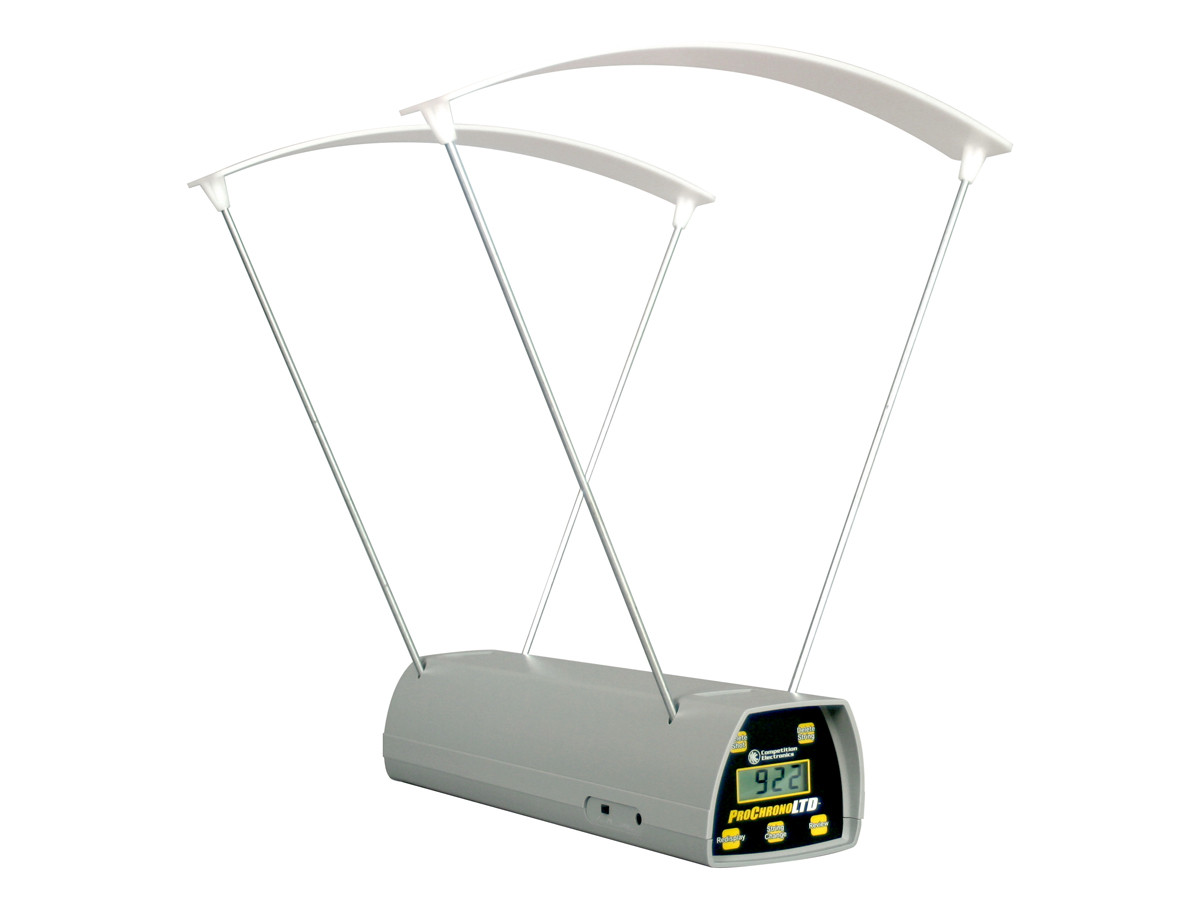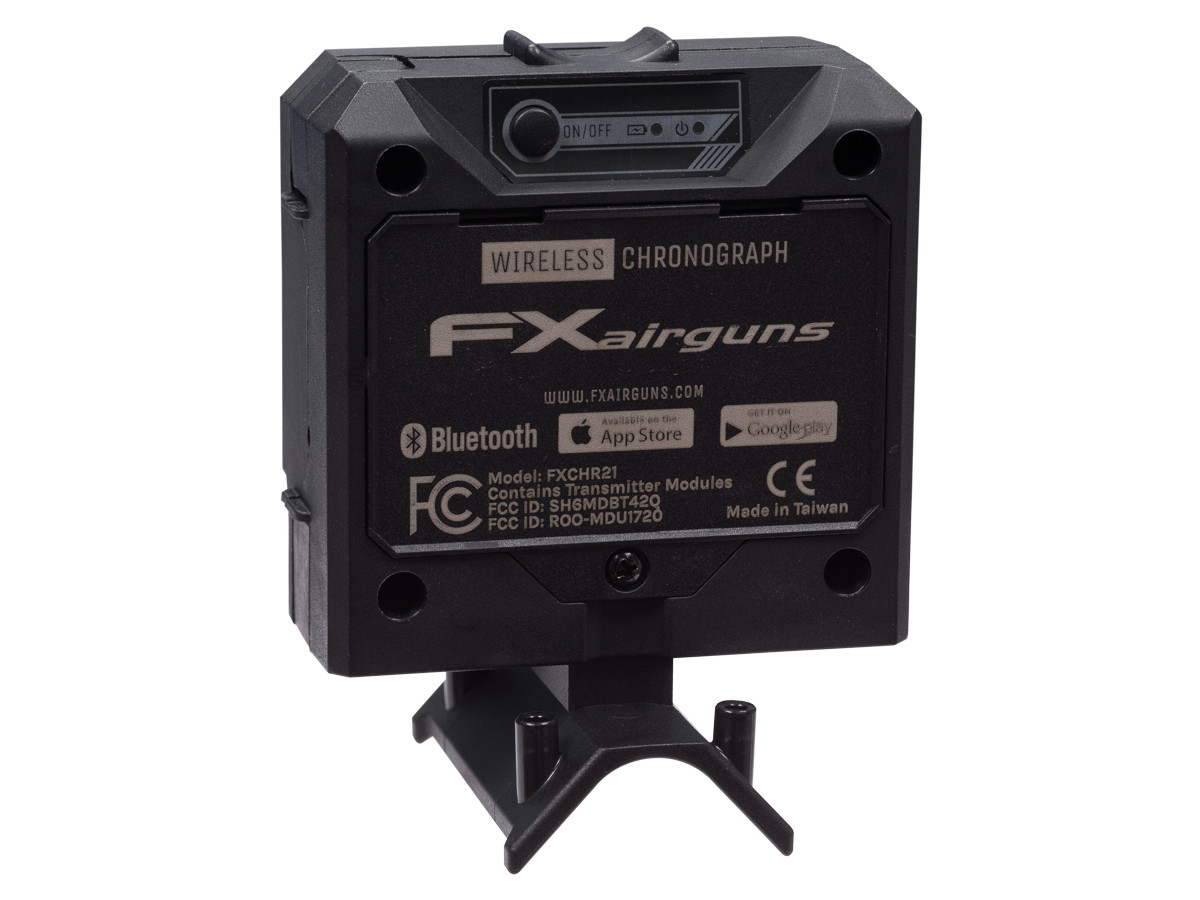Do you know what your airgun is doing? It’s a simple question that’s easy to answer, provided you have the right tools. If you are a hunter or like shooting long-range, then a chrony is very important as it provides real data for you to judge the efficacy of your airgun. Knowing the FPS of your airgun is a very important diagnostic, and it’s why every airgunner needs a chronograph.
What is a chronograph?
First of all, let’s define what a chronograph is and why it’s important. A chronograph is a device that measures the velocity (speed) of a projectile. You can take the measurements at the muzzle, target, or anywhere in-between.
Should we want to know our BC? And what is BC?
Long-range shooting with an airgun requires understanding ballistics and drag. Unlike bullets that are built to be slippery through the air, pellets are built with a skirt that helps keep them pointed in the right direction. Unfortunately, this creates greater drag (the ballistic coefficient or BC), slowing them down much faster than a typical bullet. It’s one of the main reasons more airgunners move to slugs for hunting and long-range shooting.
If you are interested in calculating the ballistic coefficient of your favorite ammo, you can measure velocity at the muzzle and then at known distances. From there, you can use a ballistic calculator like this one: https://www.jbmballistics.com/cgi-bin/jbmbcv-5.1.cgi to enter your muzzle velocity and the velocity at the target. Once you’ve entered the values, it will give you a relative ballistic coefficient (BC).
Once you have a relatively accurate BC for your favorite pellet, you can use your chrony to get an average velocity. Now you take those numbers and enter them into a ballistic drop calculator like this one https://shooterscalculator.com/ballistic-trajectory-chart.php, which will show you your pellet drop out to a known distance, say 100 yards. It’s incredibly handy if you hunt random distances on the go.
What else can you do with a Chrony?
While finding BC and plotting pellet trajectory may be a bit far afield for some airgunners, there’s another major reason to have a chronograph as part of your everyday airgunning range kit. Assuming your pellets are accurate, your optic is good, and your shooting skills are on task, the last thing to keep you from hitting the ten ring is a poorly performing airgun. An airgun that’s pushing pellets out at inconsistent velocities is simply not going to produce repeatable accuracy. So the way you can measure if your airgun is performing up to the task is to run it over a chrony.
Most chronys will provide the following information: shot count, extreme spread, high, low, and average velocities, and standard deviation. The extreme spread and standard deviation are your key diagnostic numbers. For example, if you run your airgun from full pressure to the end of its usable pressure and get a very high extreme spread, say 100+ FPS, then you know your shots are not going to hit the same place at range. Instead, they are going to probably string vertically on the target.
This is not that atypical for non-regulated airguns. There will be a flat spot in the velocity curve most of the time. Your shots may start a little slower, climb a little, and remain consistent for several shots. This is called the sweet spot in your shot curve. If you note your pressure when you start shooting in the sweet spot, then you can simply fill to that point each time. Additionally, once you start seeing the shots start to fall off, make a note of the pressure. Shooting in between these pressure values will give you the best accuracy. You can only get this data with a chronograph.
Some airguns have a regulator which should provide consistent velocities as long as your tank pressure is above the regulator pressure. A chronograph will help you measure the effectiveness of your airgun regulator. In our tests, the .22 caliber Air Venturi Avenger Bullpup delivered over 100 shots with an extreme spread of only 37 FPS and a standard deviation of about 7.4 FPS. If you’re wondering if that’s good, it’s very good. More expensive guns like the new Benjamin Gunnar .25 delivered 40 shots with an extreme spread of 11 and a standard deviation of 2.8. The lower the extreme spread and standard deviation, the greater your potential for consistent accuracy.
Are all chrony’s the same?
There are many different types of chronographs on the market. You can get a decent chrony like the ProChrono Digital DLX for about $155. Not only is it extremely portable, but it also leverages Bluetooth and has a great corresponding app so you can save your shot strings for later analysis. It has a decent display, so you don’t need to use the app if you just want to give your airgun a quick check. It operates via optical sensors that see the pellet and measure the time it takes to pass over a known distance. There are a couple of downsides to a standard chrony like the ProChrono; you need to have good light and shoot perfectly over the two sensors to get it to read properly. This is not a big deal, but it can be irritating when you’re shooting a long string, and there’s an error causing you to have to start over from scratch. They offer a light kit upgrade for indoor use, which is highly recommended.
Other models like the FX chrony take a different approach, and it’s one of our favorite tools for testing airguns. Rather than light sensors, the FX Chrony uses radar to measure the pellet’s velocity as it exits the barrel. Frankly, it’s awesome, as we can get performance numbers while shooting accurately. Having both simultaneously can be very handy when troubleshooting accuracy issues. Unfortunately, it only works with an app, and it only measures up to 1099 FPS, so it is strictly for airguns whereas the ProChrono can be used with airguns, firearms, archery, etc.
That’s a wrap
If you want to know more about the various chronographs we have available and what features may work best for your needs, just give us a call. We are always here to help.


